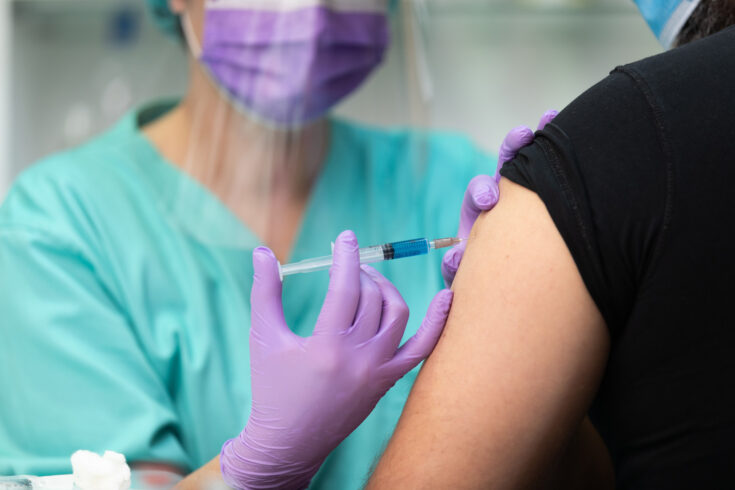A high performance computer, ARCHER, was exactly the resource and collaboration tool researchers needed to tackle COVID-19.
A team led by Professor of Molecular Biophysics Syma Khalid of the University of Southampton needed access to large amounts of computational resource to quickly develop a safe COVID-19 vaccine and antivirals. This was available through ARCHER – the national supercomputing facility that’s supported by the Engineering and Physical Sciences Research Council (EPSRC). Syma and her team continue to use ARCHER to run computer simulations that will help design COVID-19 vaccines and medicines.
Video credit: UKRI.
On-screen captions and an autogenerated transcript are available on YouTube.
About the project
Professor Khalid is chair of HECBioSim, the organisation that assigns computing time on ARCHER. She is also a computational chemist, which involves creating computational models of molecules based on insights from chemistry, biology and physics.
In the earlier days of the pandemic, the UK’s biomolecular community recognised the pivotal role they could play in combating the virus if they worked together with their experimental colleagues. They also saw an immediate need for very substantial computing resources if they were to rise to the challenge and develop the antivirals and vaccines the world urgently needed.
ARCHER was able to meet that need as the UK’s largest high-performance computing resource which is available free of charge to UK academics.
Impacts of the project
Khalid uses a familiar child’s toy to illustrate viral infection: “If we imagine two pieces of Lego, we have a Lego that represents the virus and a Lego piece that represents humans. Unfortunately for us those two Lego pieces come together and fit rather well.”
But the biotechnology community was able to help disrupt this fit by contributing to the development of game-changing antivirals and vaccines. They were able to run the extremely resource-intensive computer simulations behind antiviral and vaccine design by tapping into ARCHER’s vast amount of raw computing power.
Because ARCHER is a centralised resource it also enabled UK academic teams to come together and each work on solving different problems around the common goal of preventing and treating COVID-19.
Find out more
ARCHER2 superseded ARCHER in 2021 and is running as a small early access system while the full system is being commissioned. Find out more about ARCHER2.
Top image: Being vaccinated against COVID-19. Credit: Getty Images.

